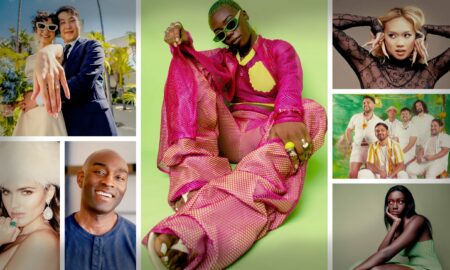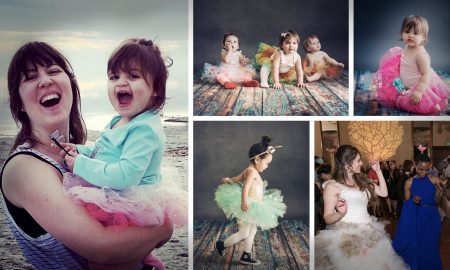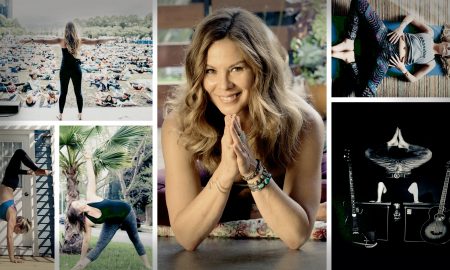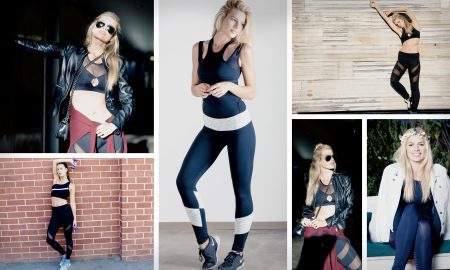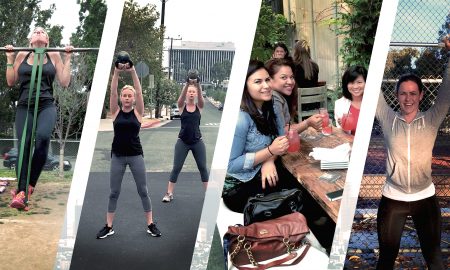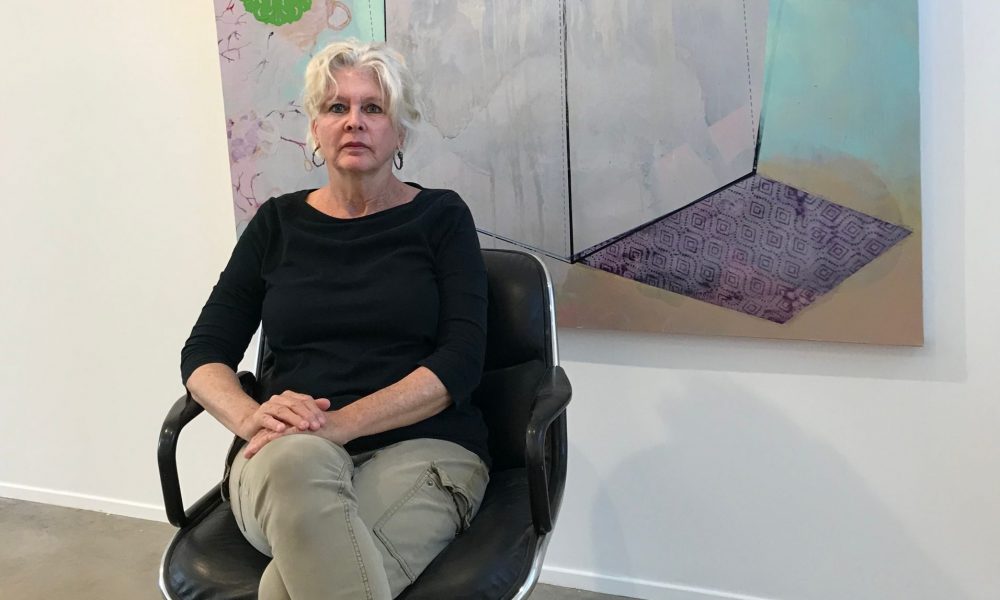

Today we’d like to introduce you to Linda King.
Hi Linda, so excited to have you with us today. What can you tell us about your story?
For more than 30 years I have explored art as a metaphor for life; evolution, change, transformation, transition, the minute and the infinite, order and chaos. My painting process is one of layering, subtracting, expanding, and deleting.
My work in Los Angeles has been exhibited in shows at the Pete and Susan Barnett Gallery, another year in L.A., den, POST, 515 Bendix, Riverside Museum of Art, and many other galleries. Before moving back to L.A., I exhibited at the Brooklyn Museum of Art, WUK Kunsthalle, Vienna, the Hippodrome, London, and numerous Chicago galleries. I have been reviewed in Art Ltd, L.A. Times, VisualArtSoucre.com, New Art Examiner, ArtScene, and Artnews.
I grew up in Los Angeles and spent my college years in Northern California and the Midwest. After graduating with an MFA in Printmaking from the University of Iowa I then moved to Chicago where I taught at the University of Illinois, Chicago, Columbia College, and the School of the Art Institute of Chicago. I moved back to Los Angeles in 1991 to teach full-time at Long Beach City College until I retired in 2017. My studio is in Venice, California.
Alright, so let’s dig a little deeper into the story – has it been an easy path overall, and if not, what were the challenges you’ve had to overcome?
There have been many obstacles along my journey of art-making. While obtaining an M.A. at California State University, Humboldt, and then an M.F.A. at the University of Iowa I worked part and full-time to pay for my education. This was exhausting. However, because of my work experience, I was able to enter academia in a very competitive market.
During graduate school and at the beginning of my art career there were few female role models both in academia and in the art world, particularly museum directors, curators, critics, gallerists, and gallery artists. This was an ongoing issue that affected exhibition opportunities, prices and salaries, collectors, critical reviews, and many other things.
After my first teaching job at Sangamon State University, Illinois I moved to Chicago to dedicate myself to making art. I showed with the Peter Miller Gallery, along with several other Mid-west galleries, and was able to support myself through art sales. The challenges of developing my own work while exhibiting professionally was fairly intense. After three years I realized that I missed teaching and went back to academia. Since then, I have been able to juggle artmaking, galleries and teaching.
In late 1989/90 I went into an aesthetic crisis and depression. Up until that time I had been working figuratively with an emphasis on the narrative. I was selling quite well through my gallery but I no longer felt a connection to my work. This very uncomfortable period lasted almost two years. The process of changing from a figurative artist to an abstract artist was slow. For me, I was in unknown territory. The process of painting, the layering of marks, the accidental happenings, the disasters, all let me look at painting and artmaking in a new way.
In 1991, I moved to Los Angeles for a full-time position teaching Painting and Drawing at Long Beach City College. I had a few years of difficult transition; learning to teach new classes, finding a new art community, making new friends, building a studio and getting to know a broad range of neighborhoods in L.A. Many artists were extremely kind and generous to me. They introduced me to other artists, curators, museum directors and writers. My paintings have developed into a strong body of work, and I have been able to exhibit in many galleries in the Los Angeles area.
I taught at Long Beach City College for 26 years and retired in 2017. My life has changed again. Several of the galleries I worked with closed, some of my curator/museum contacts retired or moved, I no longer have my teaching community and then there was the pandemic. It has been an interesting experience of building a new identity. When I retired, I felt that I lost a large part of my community. After much thinking I have found a way to re-connect and build new art relationships and community. I am now using my large studio (King Studio) to put on one or two exhibitions a year of other artists’ work. In January 2022, I hosted the exhibition “you’ve got it all wrong” with artists Katy Crowe, Ron Linden and Coleen Sterritt. This was a fabulous experience. I was able to show work that I loved and give support to artists that I really respect. This winter I will be having two exhibitions. The first exhibition will be drawings by 4-5 artists that focus on drawing as an end in itself rather than as something preliminary for other media. The 2nd exhibition will include sculpture and painting that is meditative and introspective. I am looking forward to working with these artists and showing their work.
Appreciate you sharing that. What else should we know about what you do?
My paintings are visually abstract but reference nature, contemporary culture and a sense of time and memory. The paintings are created with layers of poured paint, that are then edited down to an essential form or specific interaction. I combine very fluid movements of paint with hard-edged shapes and flat intense backgrounds, constantly shifting the viewer’s eye until shape becomes negative and space becomes shape. My interests lie with the juxtaposition of boundaries that subvert perception.
The pours are multiple colors and different viscosities. The colors are derived from personal experience, what I see, what I react to. Sometimes they reference nature’s colors; algae and moss, a storm coming in, burnt ground, the leaves changing. Other times, the colors are chosen as a visual response to the urban environment, contemporary fashion, billboards and advertisements. Color is a very strong focus of my work. I try to approach color as a means of discovery. This means that sometimes the colors picked are subtle and quiet, and other times very bold and assertive.
The pours are one component of creating the painting. The other major aspect is the editing of the pour. In my earlier work, when the pour was finished, taken as far as it could go, when it felt complete, I then looked to see what was essential for creating a specific mood or visual response. I used vintage ceramic and metal platters as stencils to edit the background and create different shapes. I placed the platters down on the areas that I wanted to save, traced around them and then painted out everything else. The platters relate to plants, nature, and biomorphic forms.
The earlier paintings I developed into a series that I ironically call “The Dining Room Series”. The pours related to epic, romantic land/sky scapes, similar to Turner or the Baroque Period. The border acts as an ornate frame and the background refers to wallpaper. The “wallpaper” ranges from Victorian pattern to Sci-fi retro images. I was interested in juxtaposing the “idea” of romantic landscape with a more contemporary setting, exploring concepts of beauty, perception and cultural relationships.
The more recent paintings also use pours along with stencils/outlines from found objects but are developed in a back-and-forth process of adding and subtracting, pouring and sanding. These paintings seem to be about transition, transformation, memory, and time. There is a sense of the microscopic and the infinite, order and chaos, beginning and ending.
We’d love to hear about how you think about risk taking?
Risk taking is an extremely important component of my art making process. In the 1980’s I was a figurative artist working in Chicago, exhibiting and selling with regularity. My figurative paintings reflected emotions and thoughts about relationship, choice, isolation, humanity, the unknown and unforeseen. Layers and layers of painterly brushstrokes and color were built up to create form and mood. I made numerous fairly large scale (5’x7’) paintings and sold most of them. Then there came a point that those ideas and portraying the figure didn’t work for me anymore. I had nothing else to say. For two years I tried to find my way, to find meaning in the process of art making and in the art object. I came very close to not making paintings or any art. And then I took a leap of faith and just started to draw, then paint trees in a very painterly, expressionistic and abstract style. I no longer felt confined by the figure or specific ideas. This let me just explore paint, color, space, time, and perception. I left my gallery, I left my teaching job at the University of Illinois, Chicago and I moved to Los Angeles.
Since that difficult two-year period, my work process has developed into one of discovery and taking risks. I tend to work in series and explore different painting approaches and variations of concepts. I have found that if I haven’t learned something new then I am unfulfilled by the work and the work is discarded. I use chance and the painting process to create problems and then I try to work myself out of the problem and into a visual/conceptual resolution.
Contact Info:
- Website: lindakingartist.com
- Instagram: lindakingartist
- Facebook: lindakingartist
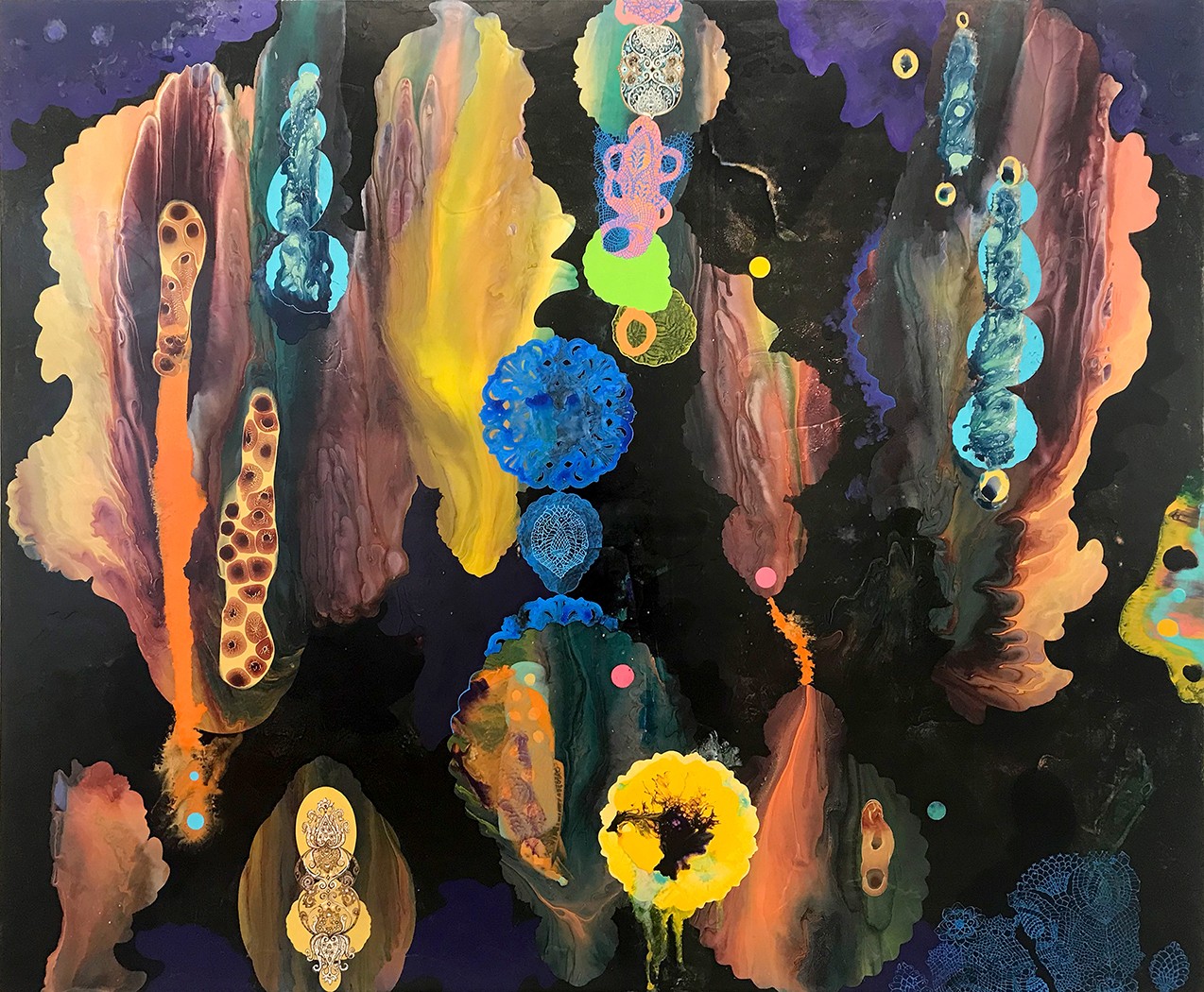
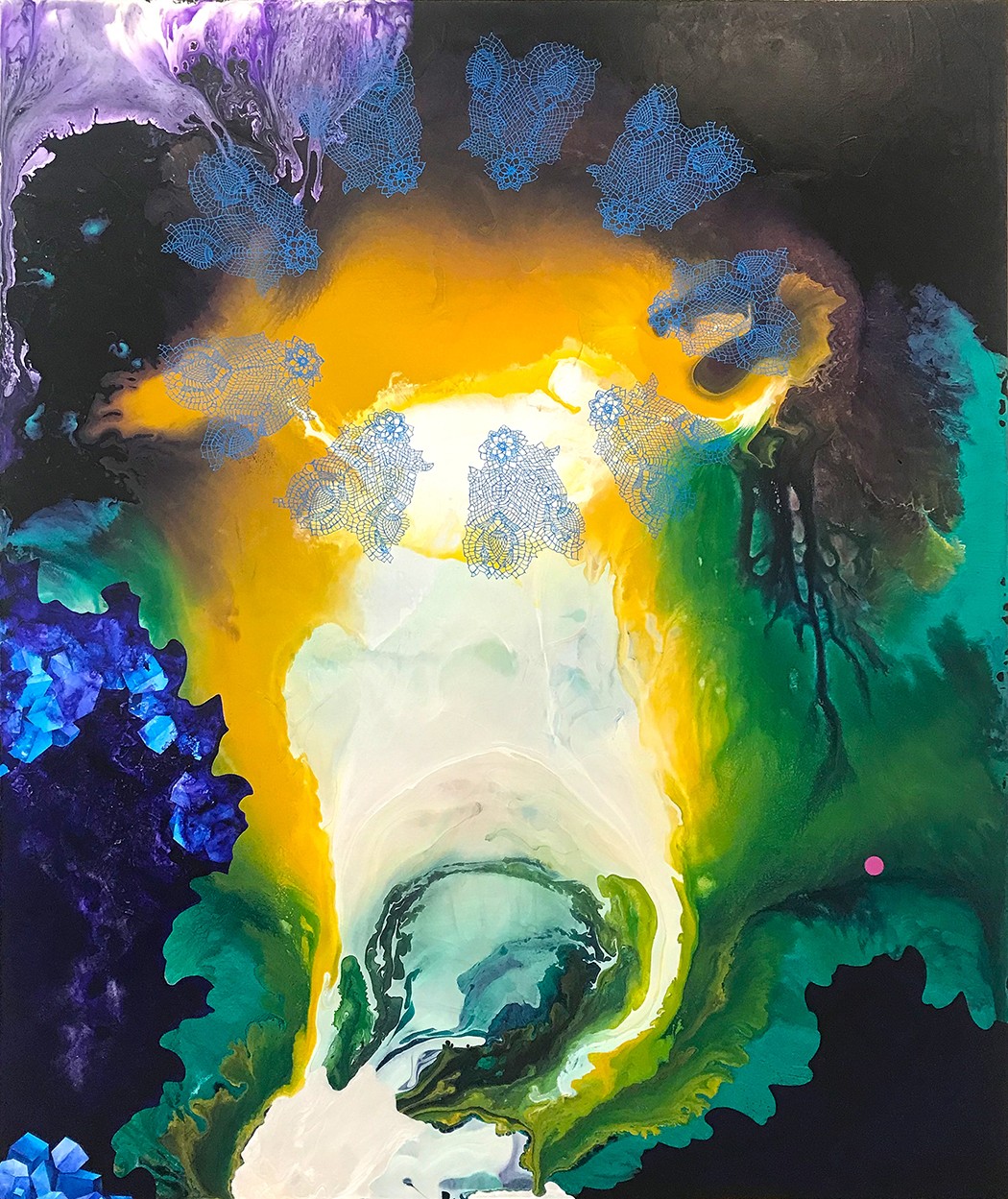
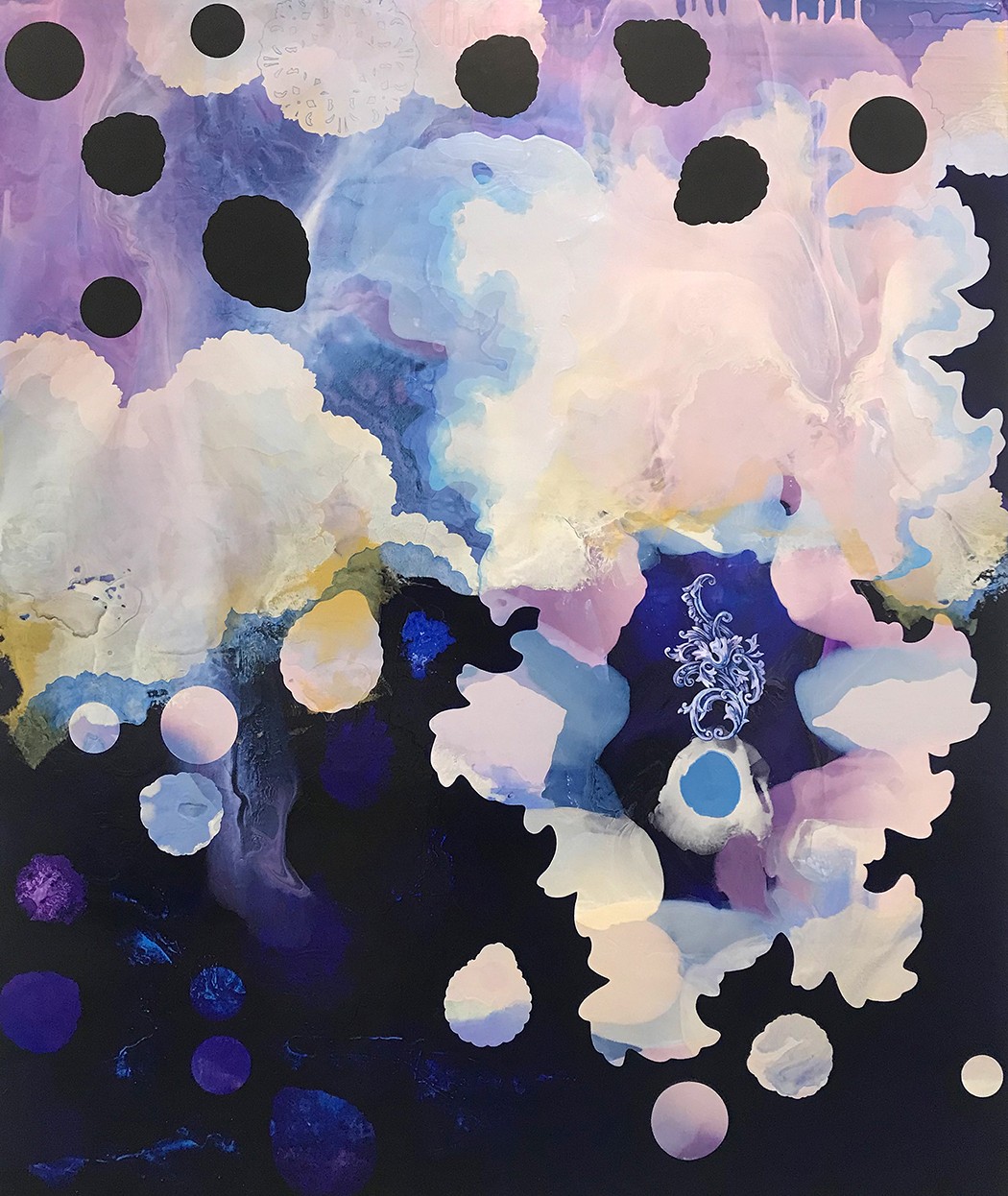
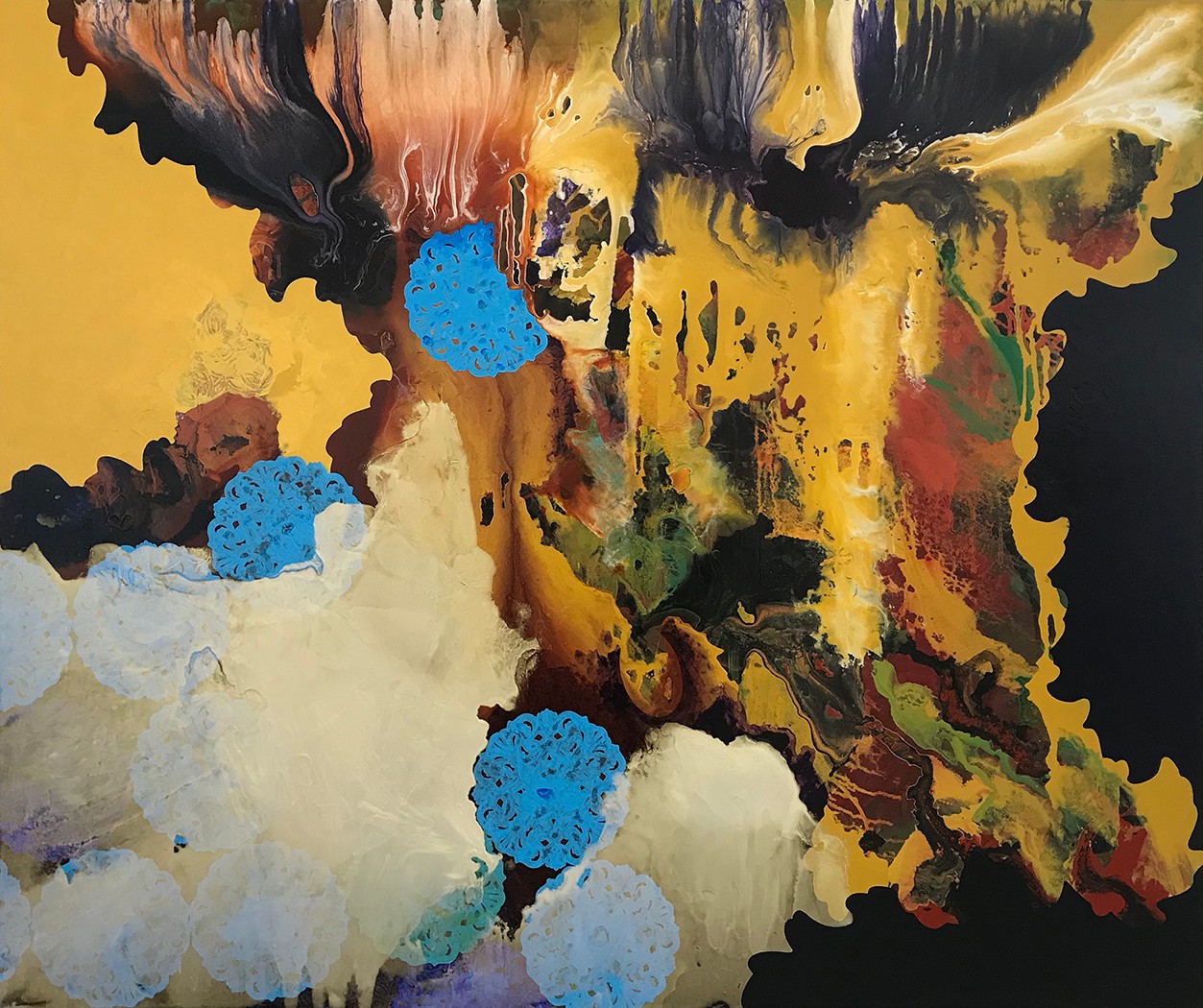
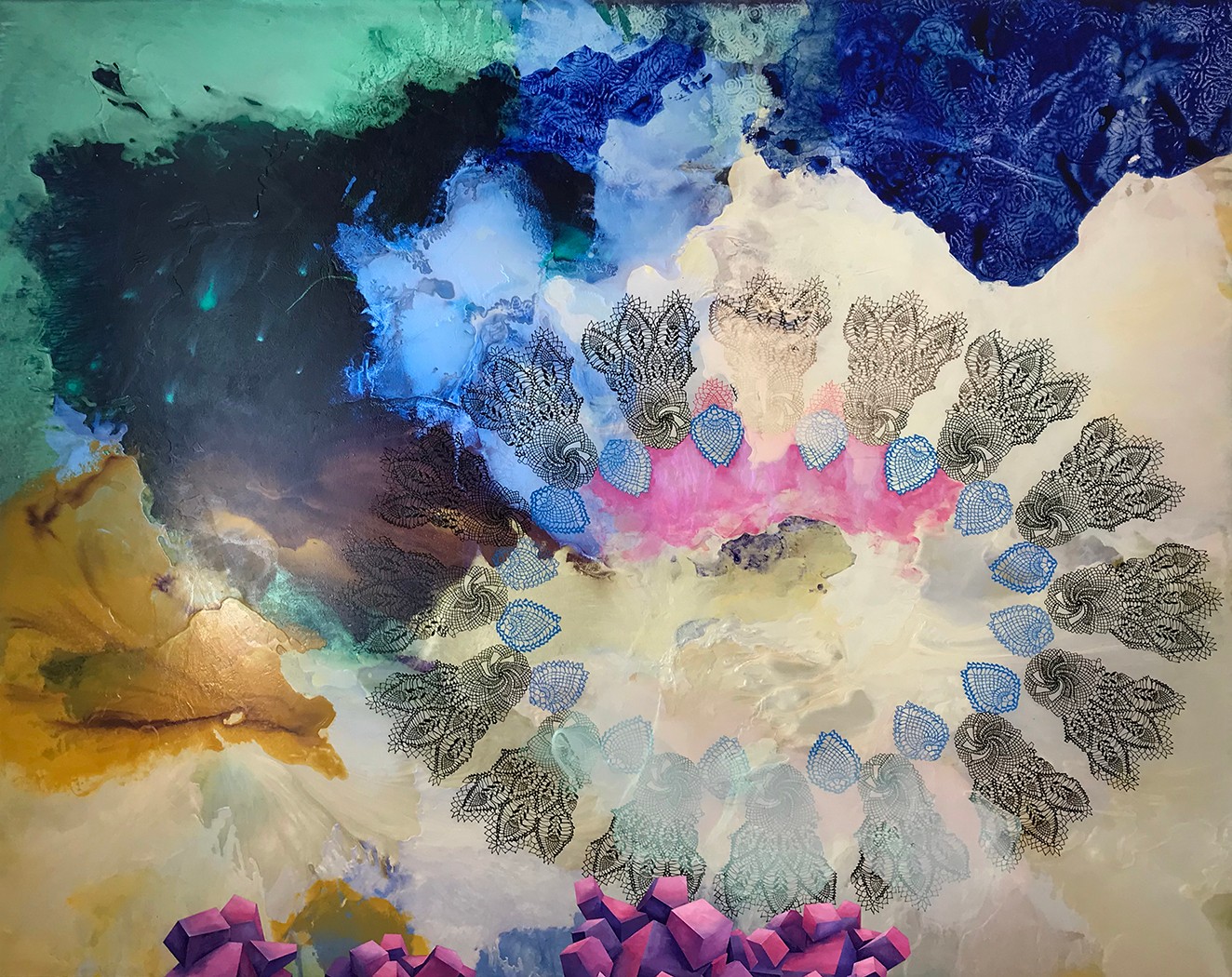
Image Credits
Linda King

